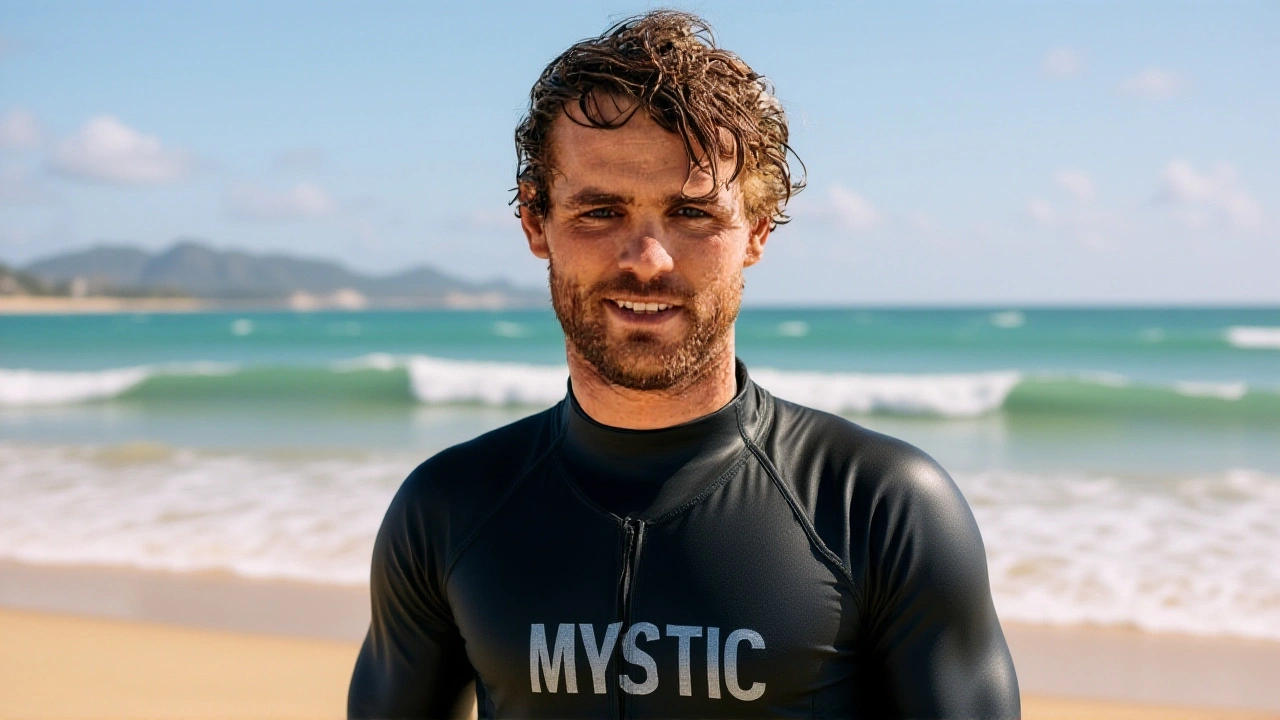Whale Strike – Understanding the Impact
When you hear whale strike, a collision between a moving vessel and a large cetacean that can injure the animal and damage the ship. Also known as marine vessel‑whale collision, it highlights the fragile balance between human activity at sea and ocean wildlife. A whale strike typically occurs in busy shipping lanes, near coastal fisheries, or during migration routes where large vessels and deep‑diving whales share space. The event forces us to ask: how do we protect these giants while keeping trade flowing? This question drives the need for better tracking, stricter speed limits, and more robust reporting systems.
Why Marine Conservation Matters
Marine conservation, the practice of safeguarding ocean ecosystems, species, and habitats from human‑induced harm sits at the heart of the whale strike discussion. Conservation groups argue that fewer strikes happen when shipping routes respect known whale migration corridors. They also push for acoustic monitoring and real‑time alerts that can steer vessels away from dense whale populations. In regions like South Africa, community projects such as beach clean‑ups and education campaigns help reduce noise pollution, a hidden factor that can disorient whales and increase collision risk. As marine conservation initiatives grow, they bring together scientists, policymakers, and industry leaders to devise practical solutions.
The shipping industry, global network of cargo carriers, passenger liners, and fishing fleets that move goods and people across the seas faces a direct challenge: balancing efficiency with safety for marine life. Companies are adopting speed‑restriction zones, redesigning hull shapes, and investing in whale‑detection radar. When a whale strike occurs, the economic fallout can include repair costs, legal claims, and potential bans from sensitive waterways. By integrating technology and adhering to best‑practice guidelines, the industry can lower the frequency of incidents while maintaining trade flow.
Governance falls under international maritime law, a set of treaties and regulations that govern navigation, safety, and environmental protection at sea. Key agreements like the International Convention for the Prevention of Pollution from Ships (MARPOL) and the Convention on the Conservation of Migratory Species (CMS) set standards for reporting whale strikes and mitigating their impact. National agencies translate these rules into permits, speed limits, and mandatory observer programs. When law enforcement aligns with conservation science, the result is fewer collisions and better outcomes for both whales and vessels. Together, these entities—whale strike, marine conservation, shipping industry, and maritime law—form a network of interdependent actions that shape the future of ocean stewardship.
Below you’ll find a diverse mix of recent stories that touch on education reforms, sports achievements, economic partnerships, and community projects across Africa. While not all directly involve marine issues, each piece reflects the broader context in which whale strikes occur—showcasing how policy, industry, and public awareness intersect. Dive into the collection to see how different sectors are responding to challenges that affect both people and the planet.
South Africa's top kitesurfer Graham Howes died after a whale struck him off Bloubergstrand on Sept 7, 2025, prompting safety reviews and a community-wide mourning.
More
